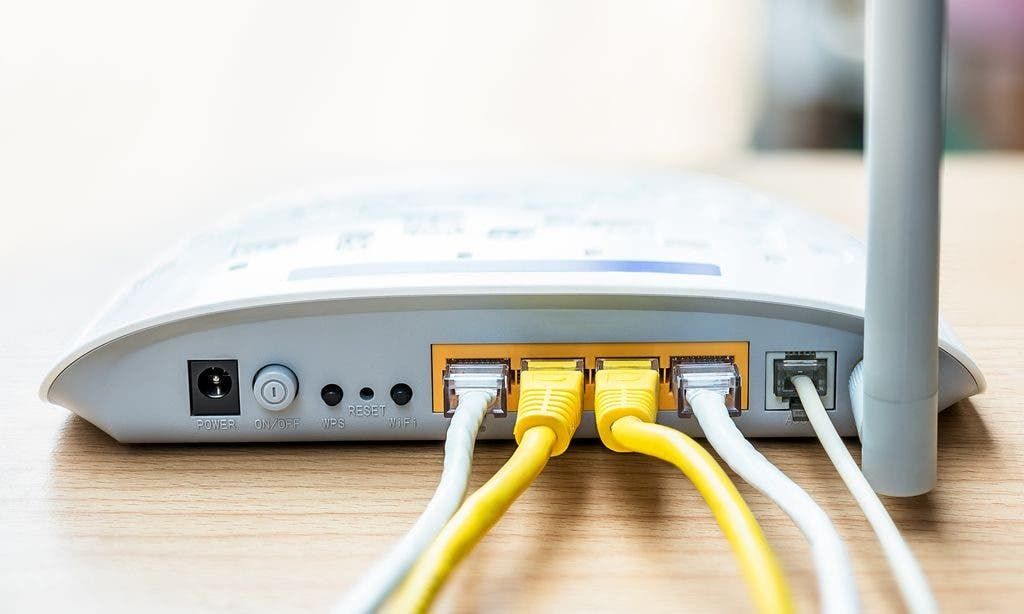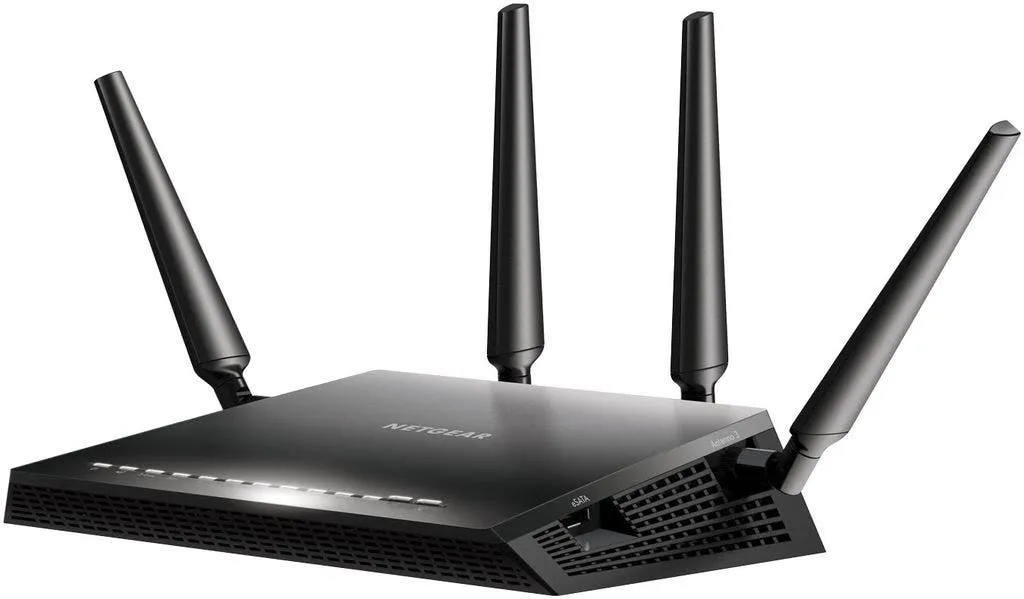Unless you are living in the Stone Age, you probably have a router, sitting somewhere lonely in some corner of your house. It is no secret that when you first set up your Wi-Fi router, you probably changed your networks name, setup a password, and that was that.
You completely ignored the settings in the dashboard, right. “Is it really necessary to do into these options?” While you might be unaware at first, tweaking a handful of these dials can enhance your Wi-Fi experience. So, without wasting any time, let us begin with the basics.
Given that you have already setup a password on your device, we will start with your Wi-Fi’s encryption settings. Older router devices did not come with encryption as standard, so you might want to give the settings a thorough look.
Security experts highly advise switching to WPA/WPA2 AES encryption, if you have not done that already. Other options, are just less secure, so they are not worth the effort. WEP, for instance, can easily be hacked by an amateur nearby, who is getting signals to your Wi-Fi device.

If that individual is up to something illegal, the law enforcement may come knocking your door. Just recently, an exposed protocol known as the Universal Plug and Play (UPNP) protocol was also used to hack hundreds of thousands of routers.
It is highly likely that your device remains susceptible to such security loopholes. If security is not taken seriously, you may lose confidential data. It gets worse, if you have not upgraded your router since the early 20s. The steps below should help protect your home network from impostors.
Update Your Router’s Firmware
While you can set your computer to update itself automatically, the same cannot be done for many routers. Instead, you have to go through an extensive process:
Find Routers’ IP address
Typically, your router IP address would be something like 192.168.0.1, 192.168.1.1, or 10.0.0.1. Write that down on your browser and hit Enter or click here to how to find your router IP address.
A login page will appear where you must enter your username and password to access the routers settings. Once there, here’s what you should do:
- Reset your router to factory settings and install the latest firmware
By resetting your router to factory settings, you are riding it off from any additional settings that were in place without you knowing about them.
Once it is reset to default settings, look for updates and install the latest firmware. This equips your router with the necessary builds for fixing bugs and glitches.
- Update new username and password
Now that the router is updated to the latest software, setup a new username and password for the device and connect your devices accordingly.

Turn Off Unnecessary Features
You have done well so far! Let us take additional steps to go through your routers settings and turn off some of the features that may expose your network to snoopers:
- Wi-Fi Protected Setup (WPS)
This functionality gives you the option to connect additional devices to your network with just a click of a button and of course the PIN that you have set which does not require any password.
As convenient as it may be, it is infamously unsafe, and relatively easier for a hacker to get access to your network. It is highly recommended not to use this feature, so just turn it off.
- Universal Plug and Play (UPnP)
Remember that time when setting up something basic like a printer would be a huge hassle. UPnP makes your life easier by communicating between devices.
Your Wi-Fi printer in the next room is detectable and can communicate between devices connected to the Wi-Fi network, such as your laptop, tablet, and smartphone.
Although the feature is useful, it has amassed plenty security issues over the years, including the most recent mass router hack.
Unless you use this feature regularly and cannot do without it, it is better to switch it off.
- Remote Administration
Routers come with the default option to access the dashboard from outside the network. Enabling access to other devices outside the network can make you vulnerable. Just turn it off.
Additionally, many routers offer a guest network option. This way, visitors can use the internet but they will have no access to file on your internal home network.
This guest network can use a different password, so that you will not have to share your main password.
You can even limit speeds and access time, if you do not trust your friends to stay under your data cap.
While you might think that this is all too much to consume and do - we hate to break it to you, hackers are not waiting on you. At this point, you are probably quite vulnerable online. So, why give cybercriminals an extra edge over your online privacy?
Privacy is the most valuable asset, and all of these settings will go a long way in keeping your digital presence intact. Bear in mind there is no replacement for a device, which packs up-to-date firmware, tailored to enhancing your online security and privacy.






Place comments
0 Comments
You are currently seeing only the comments you are notified about, if you want to see all comments from this post, click the button below.
Show all comments